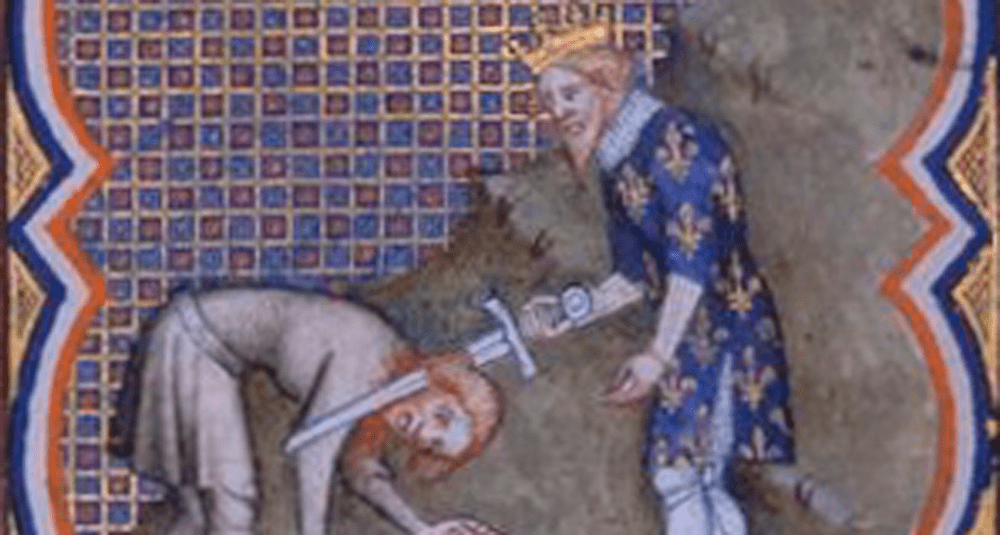When was the episode of the Soissons Vase held?
Last Updated:
The episode of the Soissons vase is an emblematic event in French history, illustrating the rise to power of Clovis, King of the Franks, and his interaction with the Christian Church. This event, which took place in 486, sheds light on Frankish customs, the relationship between secular and religious power, and the consolidation of the Frankish kingdom.
In 476, the Western Roman Empire collapsed, leaving Gaul fragmented into several entities. In the north, the Roman general Syagrius controlled a territory stretching from the Loire to the Somme, with Soissons as its nerve center. Clovis, who became king of the Salian Franks in 481, sought to extend his influence. In 486, he confronted and defeated Syagrius at the Battle of Soissons, thus integrating the region into his kingdom.
After the victory, Frankish troops plundered the surrounding area, particularly the churches, and amassed considerable booty. Among the objects seized was a fine vase, probably made of silver, from a church in the diocese of Reims. The bishop of Reims, Saint Rémi, asked Clovis to recover this vase, in addition to his usual share of the booty. Clovis agreed, and asked his warriors to give him the vase in addition to their share of the spoils. All agreed, except for one soldier who, objecting to the favor, smashed the vase with his axe, claiming that each man should only receive what destiny gave him. Clovis, though annoyed, did not react immediately and handed the damaged vase to the bishop’s envoy.
A year later, during a review of the troops on the Champ de Mars, Clovis recognized the rebel soldier. Pretexting an inspection of his weapons, he throws them to the ground. When the soldier bends down to pick them up, Clovis grabs his axe and smashes the soldier’s skull, declaring: “This is what you did to the Soissons vase”. This act demonstrates Clovis’ authority and respect for the Church, while affirming his ability to punish those who challenge his power.
The episode of the Soissons vase is rich in symbolism. It illustrates the transition of the Franks to Christianity and the strengthening of ties between royal power and the Church. Clovis’ gesture shows his respect for ecclesiastical authority and his desire to curry favor with the Church, a prelude to his later baptism. Moreover, by punishing the soldier, Clovis asserted his supreme authority and the need for discipline within his army.
The main account of this episode comes from the 6th-century historian and bishop Gregory of Tours, in his “History of the Franks”. However, decades after the event, some historians question the accuracy of his account, suggesting that the story may have been embellished or symbolized to serve political or religious ends.
The story of the Vase de Soissons has spanned the centuries, becoming a central element in the teaching of French history, particularly under the Third Republic. It has been used to illustrate the values of justice, authority and respect for institutions. Artistic representations, school textbooks and monuments, notably in Soissons, perpetuate the memory of this episode.
The episode of the Soissons vase, which occurred in 486, is a key event in Merovingian history. It symbolizes the consolidation of Clovis’ power, his nascent alliance with the Christian Church and the assertion of his authority over his warriors. While doubts remain as to its historical veracity, its cultural and symbolic impact remains undeniable.
history

When was the episode of the Soissons Vase held?
Answer
The episode of the Soissons vase takes place in 486, after Clovis' victory over Syagrius, marking a key event in Merovingian history.